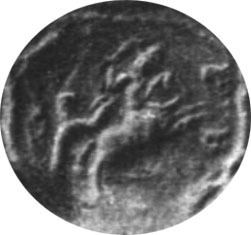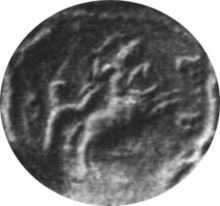Reign 1537 Name Pavle Bakic House Bakic | Spouse Teodora Predecessor Radic Bozic | |
 | ||
Religion Serbian Orthodox Christian, later Protestant | ||
Promocija knjige Pavle Bakic poslednj srpski despot
Pavle Bakić (Serbian: Павле Бакић, Hungarian: Bakith Pál; ca. 1525 - 20 September 1537) was the last Despot of Serbia, he ruled a large territory under the Hungarian crown until his death in 1537.
Contents
RTV Šumadija - Udruženje Pavle Bakić
Life
Pavle had a Turkish timar, as did his father, and was the lord of great estates around Venčac in Šumadija called "Bakić's land". He was highly viewed of by the Ottoman Empire, and had the rights to collect taxes (kharaj) from his people.

In consultation with Pál Tomori and Louis II of Hungary, Pavle Bakić left his land with his family, five brothers, and a great number of Serbs, into Hungary, and in return he received the town of Lak among other estates. With his forces he participated in the Battle of Mohács in 1526.
After the battle the Šajkaši were still unpaid for their services. Ferdinand reprimanded the court for nothing having paid at least part of the unpaid salary to the Šajkaši. Bakić once again turned to Ferdinand, alerting him that the nonpayment to the Šajkaši would cause estrangement of the Serbs in his lands, and those of John Zápolya and the Ottoman Empire. He also informed Ferdinand of the persecution of Serbs by the Austrian staff and officers.
When the succession war between Ferdinand I and John Zápolya started, he took the side of Zápolya. After the defeat of Zápolya in the Battle of Tokaj in 1527, Bakić sided with Ferdinand, and would stay faithful to him for the rest of his life. In 1528, Ferdinand confirmed Bakić and his brothers' holdings and appointed him the captain of the Serbian infantry, cavalry and river forces.
In the Siege of Vienna in 1529, Serbian hussars under the command of Pavle Bakić were the first to engage the Turks when they attacked the capital. After the Ottoman conquest of Syrmia, Radoslav Čelnik sough refuge in Bakić's lands, in Bur. In charters of 1534, Ferdinand again confirmed Bakić and his brothers' holdings (Lak, Győr, Szombathely, Hédervár and all estates that were part of these towns). The fortress of Győr was administered by his Hungarian ally Count György Cseszneky. A charter dated September 20, 1537, titles him as Despot and called all Serbs to join Bakić as the Serbian Despot.
Attempts made by King Ferdinand to push the Ottomans out of Slavonia, with the use of Pavle, were not successful. In 1537, Bakić did not manage to liberate Osijek from the Ottomans, he then retreated towards Đakovo, where he died at the battle of Gorjani against the Ottomans. Mehmed-paša sent his son with the head of Bakić to Constantinople.
Family
He had two daughters:
